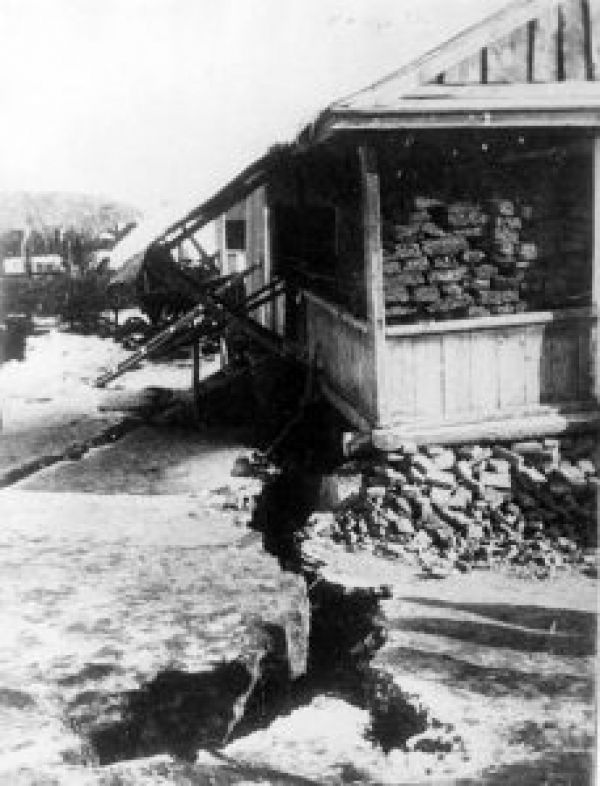In a paper published in Seismological Research Letters, researchers conclude that the June 1887 magnitude 7.3 Verny earthquake and the nearby January 1911 magnitude 7.8 Kemin earthquake likely produced similar shaking. However, the 1911 earthquake caused significantly more ground failure, probably due to a shallow frozen ground layer that was present during the winter months.
The frozen layer may have inhibited the drainage of pore-pressure excess through the surface during the earthquake, causing liquefaction at depth. In effect, the frozen layer extending about one meter below the surface “was a sealant layer that was not allowing the pore pressure to diffuse,” explained Stefano Parolai, a co-author of the paper at the Istituto Nazionale di Oceanografia e di Geofisica Sperimentale in Italy.
The findings suggest seismologists should incorporate potential seasonal differences in soil characteristics “as they are making probabilistic liquefaction or ground failure assessments,” added co-author Denis Sandron, also at the Istituto Nazionale.
Continue reading at Seismological Society of America
Image via Seismological Society of America


